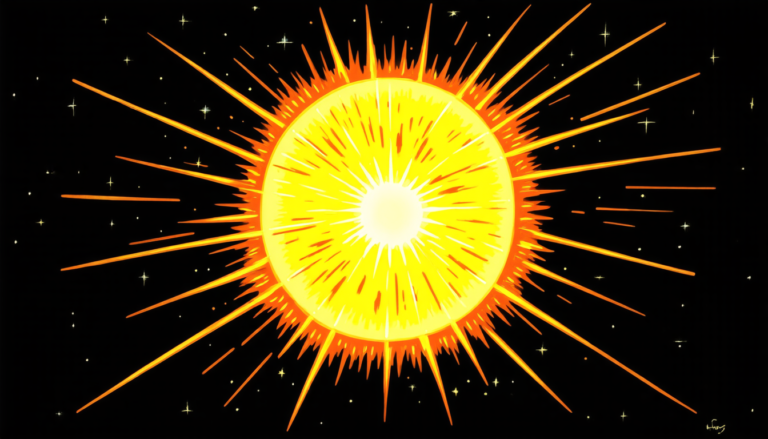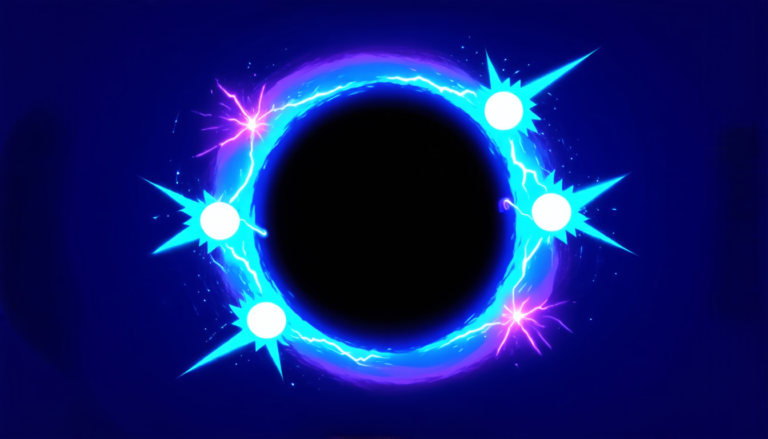Friday 30 May 2025
Scientists have long been fascinated by the way that low-energy electrons interact with biomolecules, particularly DNA and RNA. These interactions can lead to damage and mutations, which can have significant consequences for living organisms. Recently, researchers have made a breakthrough in understanding how these interactions occur, and what role amino acids play in protecting these molecules from harm.
The study focused on the shape resonance states of uracil, a molecule that is similar to thymine, one of the building blocks of DNA. Shape resonances are a type of electronic state that occurs when an electron attaches to a molecule, forming a temporary anion. In this case, the researchers used advanced computational methods to calculate the energy and lifetime of these shape resonance states.
The results showed that the shape resonances of uracil have energies between 0.5 and 4.8 eV, which is consistent with previous experimental measurements. However, the lifetimes of these states were much longer than expected, ranging from a few picoseconds to several nanoseconds.
To better understand the role of amino acids in protecting DNA and RNA from damage, the researchers also studied the shape resonances of glycine, an amino acid that is commonly found in proteins. They found that glycine has a unique electronic structure that allows it to stabilize the shape resonance states of uracil.
When glycine was added to the uracil molecule, the researchers found that the shape resonances were significantly changed. The energies and lifetimes of these states were altered, and new states appeared at lower energies. This suggests that glycine is playing a crucial role in protecting DNA and RNA from damage caused by low-energy electrons.
The study also showed that the microsolvation effects, such as the presence of water molecules, can influence the shape resonances of uracil. The researchers found that when water molecules were added to the uracil molecule, the shape resonances were altered in a similar way to what was observed with glycine.
The findings of this study have important implications for our understanding of how biomolecules interact with low-energy electrons. It suggests that amino acids play a crucial role in protecting DNA and RNA from damage, and that microsolvation effects can also influence these interactions. This new knowledge can be used to develop more effective strategies for protecting against radiation damage and other forms of molecular damage.
The researchers used advanced computational methods to study the shape resonance states of uracil and glycine.
Cite this article: “Elucidating the Role of Amino Acids in Protecting Biomolecules from Low-Energy Electron Damage”, The Science Archive, 2025.
Biomolecules, Low-Energy Electrons, Dna, Rna, Shape Resonance States, Uracil, Glycine, Microsolvation Effects, Radiation Damage, Computational Methods







